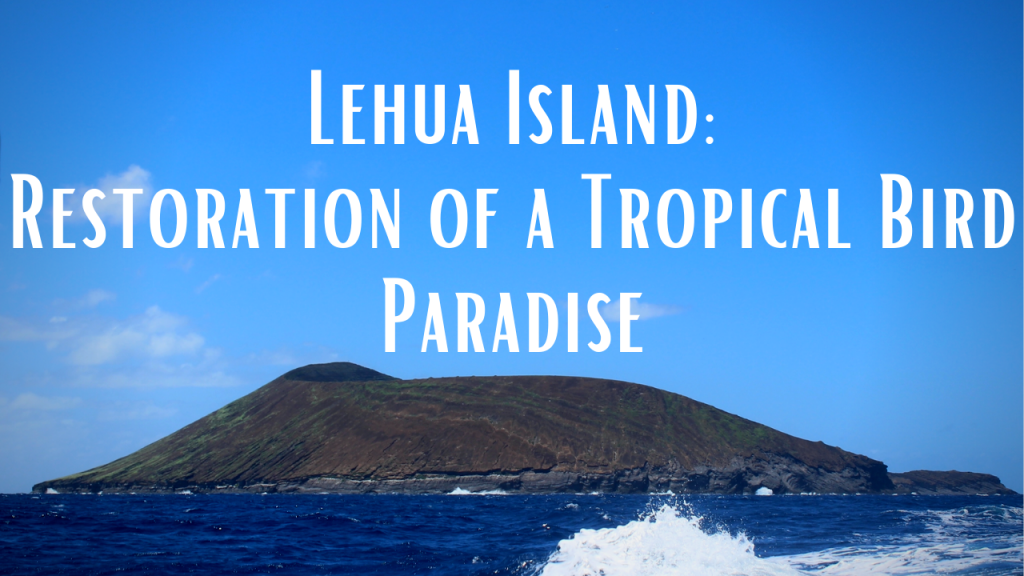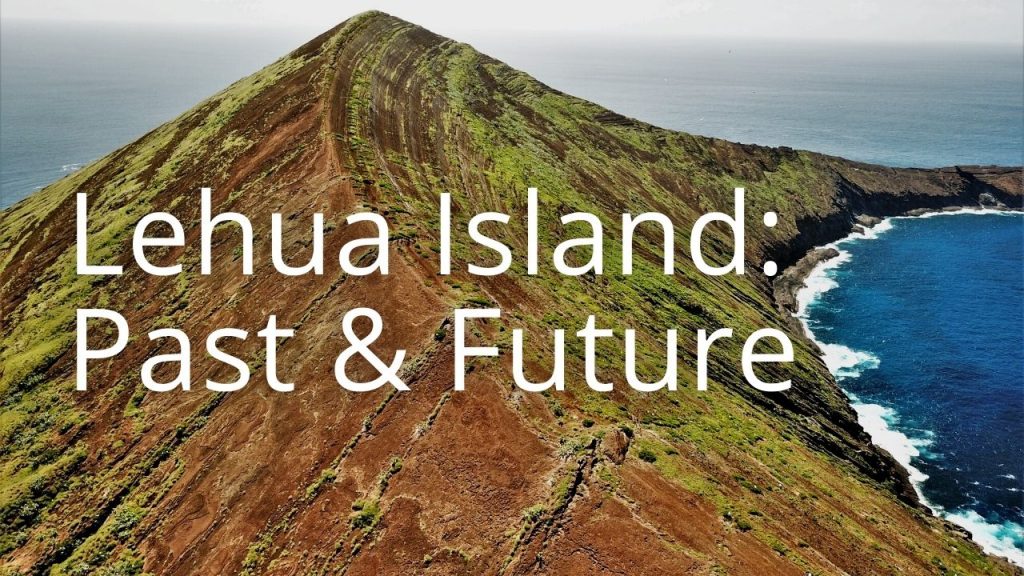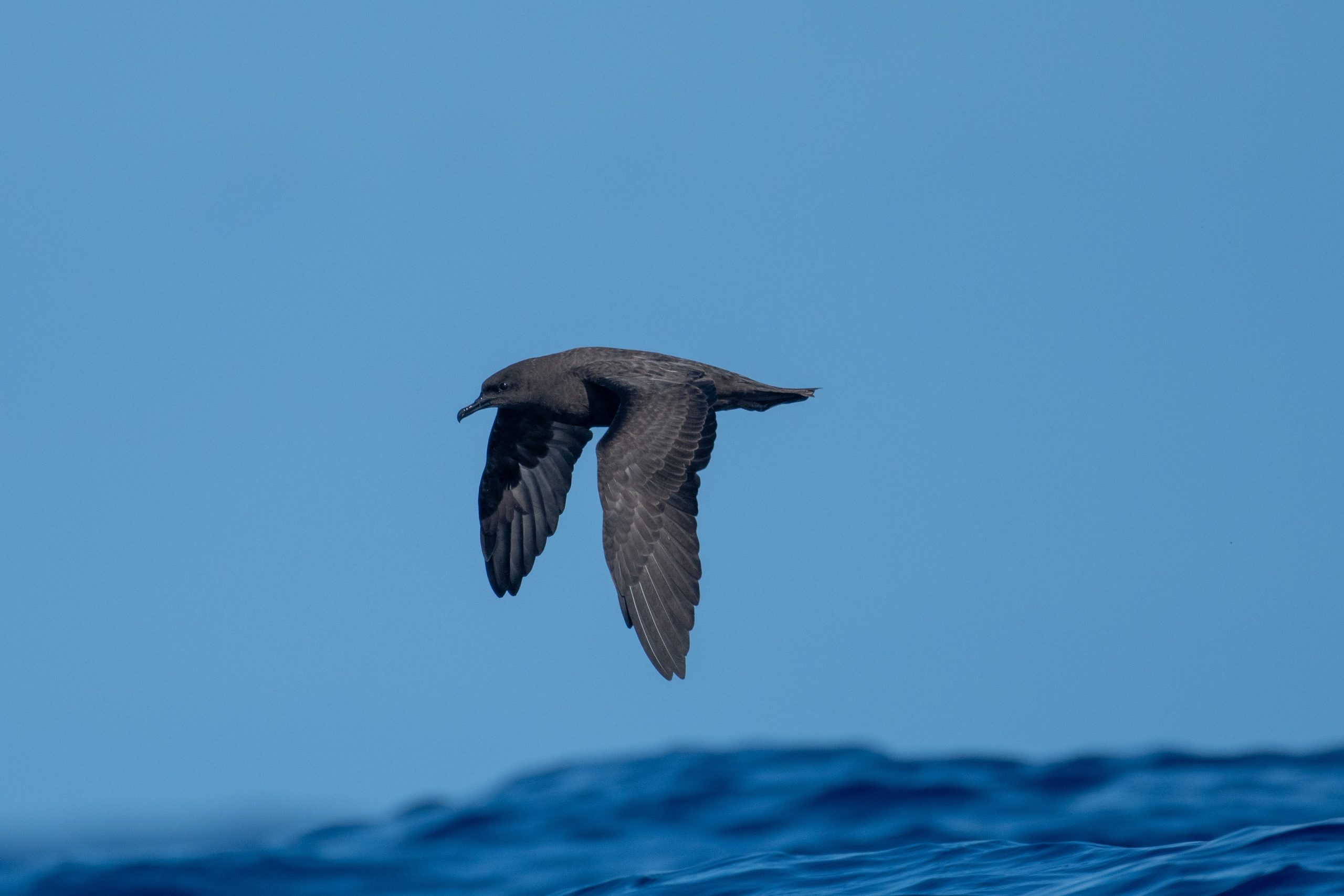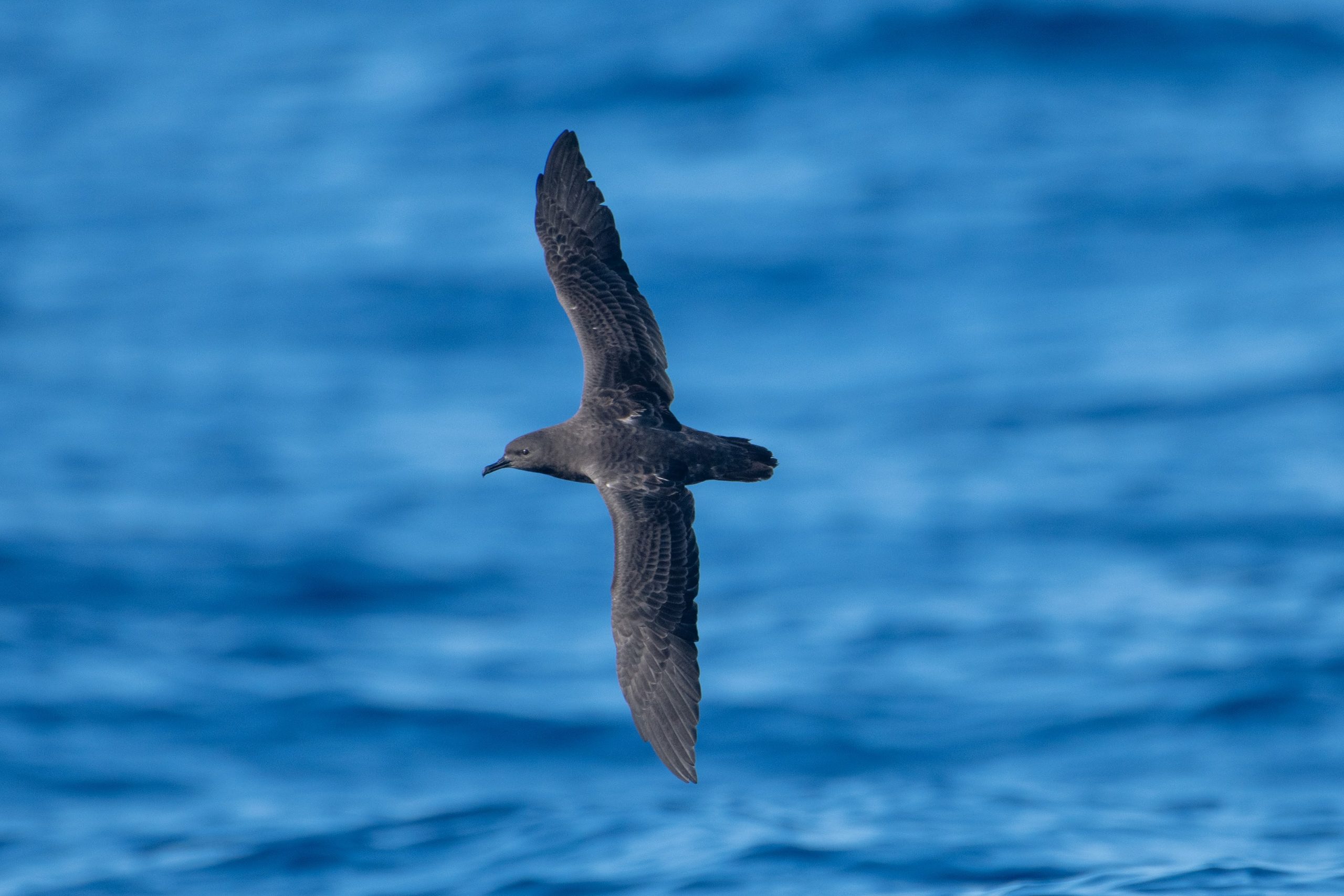Christmas Shearwater

Names
- Common: Christmas Shearwater
- Scientific: Puffinus nativitatis
Song
Conservation Status
- IUCN Red List Ranking – Least Concern
Species Information
The Christmas shearwater is a medium-sized, dark-brown shearwater (Family: Procellaridae), with a short, wedge-shaped tail and a shiny, black bill. Adult males and females are entirely dark brown, although underparts are lighter than upperparts. Flight is characterized by fast, stiff wing beats, followed by long glides. Often forages in large, mixed species flocks associated with schools of large predatory fishes which drive prey species to the surface. Christmas shearwaters feed from the surface by seizing prey while sitting on the water or by shallow pursuit plunges; also feeds by dipping or picking prey from the water while on the wing. Diet almost equally split between fish and squid (Ommastrephidae). Like most seabirds, Christmas shearwaters breed in their natal colonies, although colonies are often small, have high site fidelity, lay only one egg per season, and both parents participate in all aspects of raising young. In this species, divorce appears to occur at a higher frequency than in other seabirds. Christmas shearwaters nest in rock crevices or under dense vegetation. In Hawai‘i, eggs are laid beginning in February, and nestlings fledge in October or November. No post-fledging (after flight) care is provided. Based on a small sample, age of first breeding is four years, and the oldest known individual was 17 years old.
Distribution
Christmas shearwaters breed throughout NWHI, except for Necker Island and Gardner Pinnacles, and in MHI on offshore islets (e.g., Ka‘ula, Lehua, Moku Manu). Outside of Hawai‘i, Christmas shearwaters nest on islands throughout the central and eastern Pacific. Non-breeding distribution includes the eastern Pacific Ocean.
Habitat
Terrestrial: The Christmas shearwater typically breeds on remote sandy islands in rock crevices or under dense vegetation, such as naupaka (Scaevola sericea), bunchgrass (Eragrostis variabilis), tree heliotrope (Tournefortia argentea), Lepturus repens, and beach morning glory (Ipomea spp.). Also has been known to nest in wooden debris, under buildings, or in abandoned burrows. Christmas shearwater eggs and young must be shaded to protect them from lethal temperatures. Marine: Pelagic.
Threats
- Introduced predators. Like all seabirds, adults and nests are susceptible to predation by rats (Rattus spp.) and feral cats (Felis silvestris). All sites in NWHI are free of rats and cats.
- Invasive species. On Lisianski and Laysan, rabbits (Oryctolagus cuniculus) denuded the island reducing suitable nesting locations. Golden crown-beard (Verbesina encelioides) also degrades nesting habitat. Introduced big-headed ants (Pheidole megacephala) at Kure may cause nestling mortality, but also facilitate the destruction of native vegetation by a non-native scale insect.
Learn more
Plans & Projects
- Lehua Island Ecosystem Restoration Project
- Kauaʻi Endangered Seabird Recovery Project
- Maui Nui Seabird Recovery Project
Photos
Additional Resources
For more information and references visit the DLNR State Wildlife Action Plan factsheets. DOFAWʻs species pages and State Wildlife Action Plan fact sheets are provided for general information and are not meant to be a citable, original source of data. If you are a student, researcher, or writer looking for a citable source, please explore the references below or find other original data sources, rather than citing these webpages. The references below were provided by the authors of the State Wildlife Action Plan fact sheets at the time of drafting:
- Hawai’i Natural Heritage Program [Hawai‘i Biodiversity and Mapping Program]. 2004. Natural diversity database. University of Hawai’i, Center for Conservation Research and Training. Honolulu, HI. Kushlan JA, et al. 2002. Waterbird Conservation for the Americas: The North American waterbird conservation plan, Version 1 Waterbird Conservation for the Americas, Washington, DC. 78pp. Available at: www.waterbirdconservation.org.
- NatureServe. 2003. Downloadable animal data sets. NatureServe Central Databases. Available at: https://www.natureserve.org/getData/vertinvertdata.jsp (March 10, 2005).
- Seto NWH. 2001. Christmas shearwater (Puffinus nativitatis). In The Birds of North America, No. 561 (Poole A, Gill F, editors.). Philadelphia, (PA): The Academy of Natural Sciences; and Washington DC: The American Ornithologists’ Union.
- U.S. Fish and Wildlife Service. 2005. Regional seabird conservation plan, Pacific Region. U.S. Fish and Wildlife Service, Migratory Birds and Habitat Programs, Pacific Region. Portland, (OR): U.S. Fish and Wildlife Service.

 Lehua Island: Restoration of a Tropical Paradise
Lehua Island: Restoration of a Tropical Paradise Lehua Island: Past & Future Story Map
Lehua Island: Past & Future Story Map
